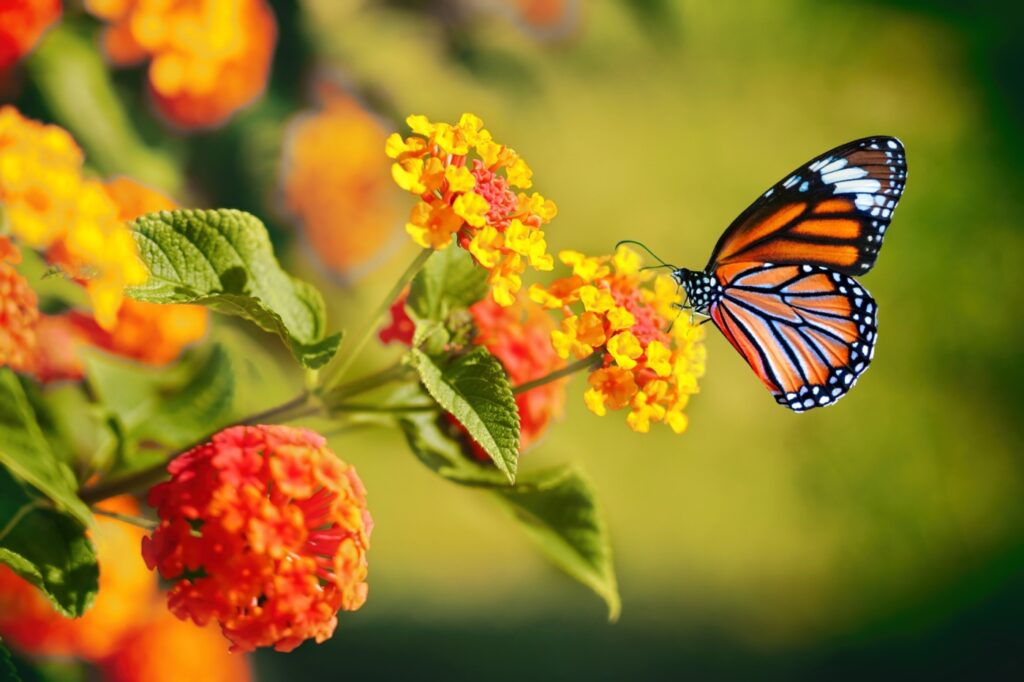
1. To protect fruit and vegetables from the predations of opossums, raccoons, and squirrels, consider the installation of a motion sprinkler or two. When an animal moves in the sprinkler’s vicinity, it shoots a jet of water that may help deter encroachment of the herbivorous critter. Another strategy is to immerse rags in ammonia or rubbing alcohol and lay them around and throughout your garden, even to the extent of draping them over branches of fruit trees. If raccoons are digging up your lawn, it’s due to the presence of grubs and spike sandals, available through online vendors for around $20, may be used in their control. Spike sandals are advertised as a tool for lawn aeration, although have never proven to be that much of a help in this endeavor. However, Colorado State University research demonstrated that 3-5 treks across a lawn in spike sandals can reduce a grub population by 50%. A grub only needs to be nicked by a spike for it to meet its eternal reward. Prior to walking, you will need to soak your lawn in order to draw grubs to the surface. You should apply ¼ to ½ inch of water before donning your spike sandals.
2. If you are soothed by the sound of splashing water, you may want to consider the installation of a small fountain in your garden, even in a drought. A competently installed fountain takes water up from a pool and sends it directly back from where it came. While a small amount of water will be lost to evaporation, it will not be enough to significantly impact your water bill. You can also create a water garden in a plastic-lined whiskey barrel or similarly sized container. Here you may encounter an algae problem that can be remedied by spraying hydrogen peroxide, a compound that kills algae even while it is harmless to plants and fish. You only want to make sure to remove the dead algae, which turns white, since if you allow it to decompose in will release gases that could cause harm to plants and fish.
3. Although it has long been argued that flowers cut in the morning last longest in the vase due to optimum hydration when cut, there is evidence that cutting flowers in the late afternoon is equally conducive to vase longevity and may even enhance it. The glucose that builds up in a plant’s foliage from photosynthesis will be at maximum storage late in the day and will nourish the flowers on its cut stem for days to come. Flowers cut in the morning, on the other hand, will be fed by leaves whose glucose was depleted the previous night during respiration, a process that produces the oxygen we breathe but requires energy derived from glucose to take place.
4. To keep monarch butterflies in your garden, turn off patio and motion detector lights. At the University of Cincinnati, “researchers found that butterflies roosting at night near artificial illumination such as a porch or streetlight can become disoriented the next day because the light interferes with their circadian rhythms. Artificial light can impede the molecular processes responsible for the butterfly’s remarkable navigational ability and trigger the butterfly to take wing when it should be resting.”
5. If you want to grow a plant unmatched for drought tolerance, consider the caper bush (Capparis spinosa). The caper bush does not simply tolerate harsh growing conditions. It thrives on them. I have seen capers growing out of crevices in the Western Wall that bolsters the Temple Mount in Jerusalem and atop the Masada fortress in the Judean Desert, facing the Dead Sea. Capers demand nothing more than perfect drainage, so don’t compromise their health by planting them in heavy soil. The caper bush has smooth, round blue-green leaves and, during the summer, opens new flowers every day. These flowers have white petals that are adorned with clusters of long purple anthers. In the Judean Desert, where temperatures regularly exceed 120 degrees, caper flowering continues without interruption throughout the summer.
Related Articles
Why this fragrant hardy plant is one you will want in the garden
New water restrictions bring fresh challenges: What to do in the garden this week
Community garden helps immigrants put down roots
California wants to force insurers to reward homeowners for fireproofing homes
Why this hardy fruit tree might be just what you want in your garden
The unopened, pickled flower buds of this plant are the jarred capers you see in supermarkets. Yet, the fruits of the caper, which are formed in the wake of its flowers, are equally as tasty as the flower buds, if not more so. These berries, which are about the size of olives (without the pits), may be used, after brining, in salads, sandwiches and pasta dishes. They can be stored for several years without compromising their taste.
You can find caper bushes locally at the Papaya Tree Nursery in Granada Hills (papayatreenursery.com) or through any of the retail nurseries supplied by San Marcos Growers (smgrowers.com).
Send questions, comments, and photos to joshua@perfectplants.com
